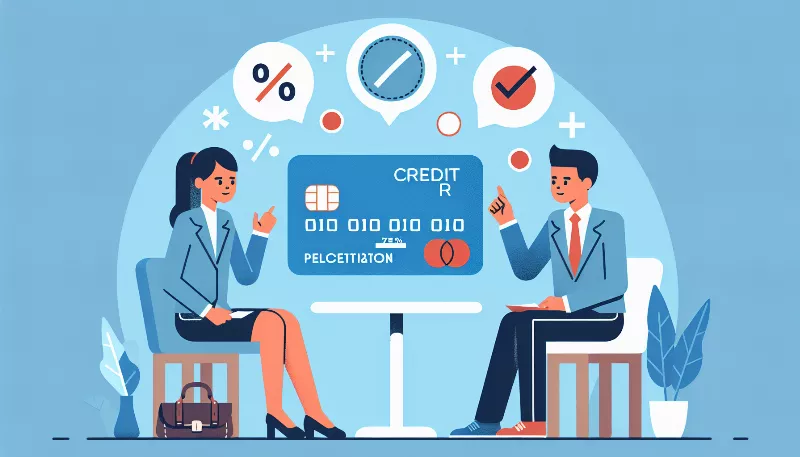What are the most common types of credit card fees and why are they charged?
Uncover the typical credit card fees and the reasons behind them. Learn how to avoid unnecessary charges and save money on your credit cards!

Introduction to the World of Credit Card Fees
Are you ready to dive into the fascinating universe of credit card fees? Understanding these fees is like unlocking a secret code that can help you manage your finances better and avoid unnecessary charges. Credit card companies are brilliant at finding ways to make money, and one of their favorite methods is through various fees. Let's explore the most common types of credit card fees and uncover the reasons behind their existence!
Annual Fees: The Price of Membership
First up, we have the annual fee. This is like a club membership fee that you pay for the privilege of using a credit card. Cards with high rewards, premium benefits, or for those with lower credit scores often come with an annual fee. It's the credit card company's way of making money upfront and ensuring that offering these perks is worth their while.
Transaction Fees: Paying for Convenience
Next on our list are transaction fees. These are the little charges that pop up when you're doing something extra with your card, like using it abroad or transferring a balance from another card. Foreign transaction fees cover the cost of converting your purchases into another currency, while balance transfer fees compensate the issuer for the risk of taking on your existing debt.
Late Payment Fees: The Cost of Procrastination
Ever been late on a payment? That's where late payment fees come in. They serve as a stern reminder from your credit card company to pay on time. These fees not only encourage timely payments but also help issuers recoup potential losses associated with late or missed payments.
Cash Advance Fees: Instant Cash, Instant Charges
When you need cash in a pinch, your credit card might seem like a magic wand. But abracadabra, here come cash advance fees! This fee is charged when you use your credit card to withdraw cash, and it's usually a percentage of the amount withdrawn. It's a way for issuers to cover the risks involved with giving you cash upfront.
Over-the-Limit Fees: Crossing the Line Costs
Going over your credit limit? That's a big no-no, and you'll be hit with an over-the-limit fee for the trouble. This fee acts as a deterrent to spending more than your approved limit and also compensates the issuer for the increased risk of default.
Returned Payment Fees: The Bounce-Back Effect
And finally, we have the returned payment fees. If your payment bounces because of insufficient funds, you'll see this fee on your statement. It's there to cover the administrative costs of handling the failed payment and to encourage you to ensure your bank account has enough funds to cover your credit card bill.
Conclusion: Navigating the Fee Landscape
There you have it, the most common credit card fees explained with zest! Remember, knowledge is power, and by understanding these fees, you can make smarter decisions about how you use your credit card. Keep an eye on your card's terms and conditions, and you'll be a credit card fee wizard in no time!









